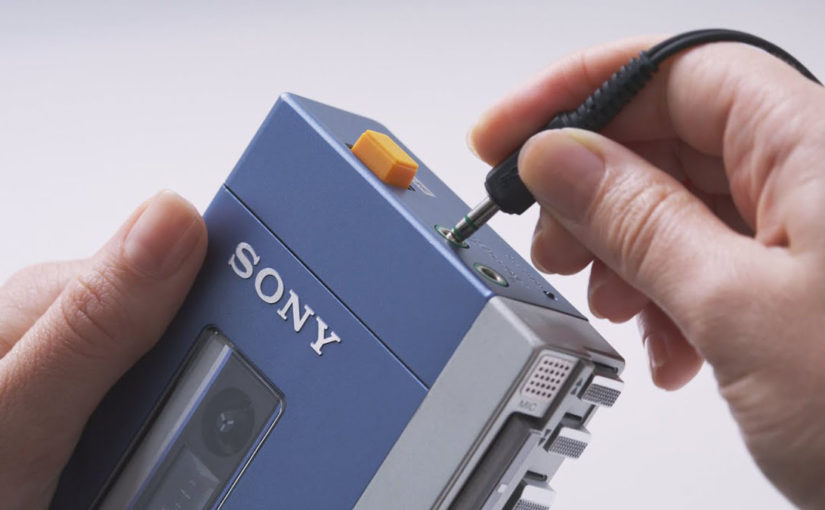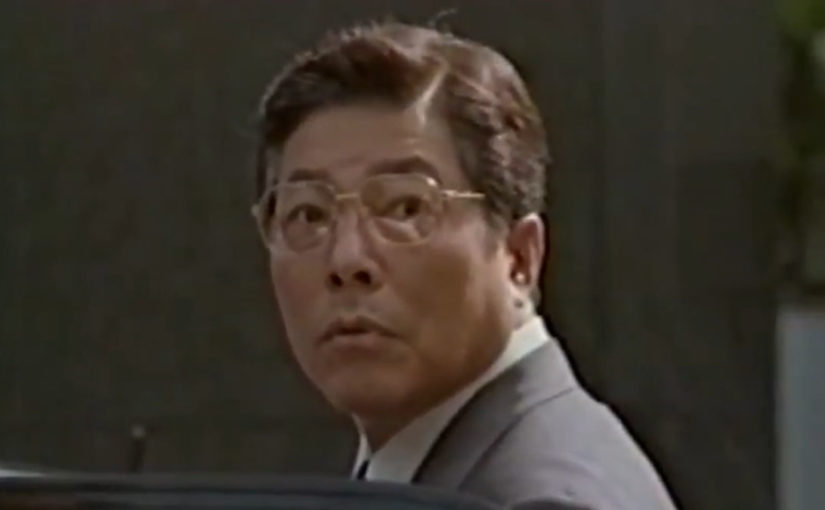The original Walkman, released in 1979, was a portable cassette player that changed listening habits by allowing people to listen to music on the move. It was devised by Sony cofounder Masaru Ibuka, who felt Sony’s existing portable player was too unwieldy and expensive. The metal-cased blue-and-silver Walkman TPS-L2, the world’s first low-cost portable stereo, went on sale in Japan on July 1, 1979, and was sold for around Â¥39,433.58 (or $150.00), or Â¥57,109.02 (or $498.66) adjusted for inflation. Though Sony predicted it would sell about 5,000 units a month, it sold more than 50,000 in the first two months.
The Walkman Effect refers to the way music listened to via headphones allows the user to gain more control over their environment. When Sony released the first Walkmans, they featured two headphone jacks and a “hotline” switch. When pressed, this button activated a microphone and lowered the volume to enable those listening to have a conversation without removing their headphones.
Masaru Ibuka (井深 大 Ibuka Masaru; 11 April 1908 – 19 December 1997) was a Japanese electronics industrialist and co-founder of Sony. In 1946, a fellow wartime researcher, Akio Morita, saw a newspaper article about Ibuka’s new venture and after some correspondence, chose to join him in Tokyo. With funding from Morita’s father, they co-founded Tokyo Telecommunications Engineering Corporation, which became known as Sony Corporation in 1958.
The Compact Cassette, Compact Audio Cassette or Musicassette (MC), also commonly called the cassette tape or simply tape or cassette, is an analog magnetic tape recording format for audio recording and playback. It was developed by Philips in Hasselt, Belgium, and released in 1962.[

